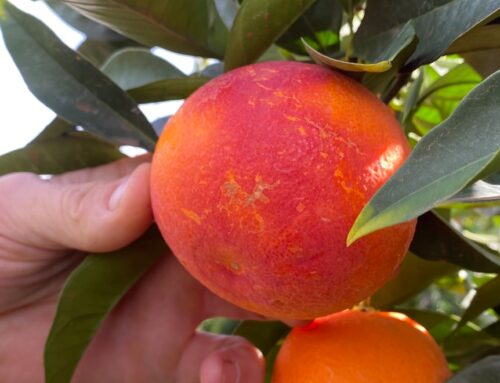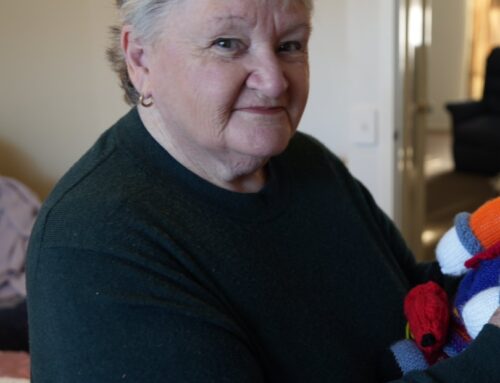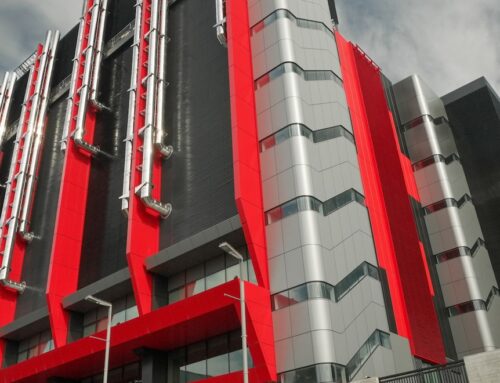Four prominent, colourful faces rise above the Murray River in the small regional town of Paringa, each depicting an iconic character or familiar river scene inside.
Key points:
- The regional SA town of Paringa is the newest stop on the silo art trail
- Its artwork features four prominent people with local connections and stories to share
- The silos are already attracting more people to stop in the small Riverland town
The large-scale artwork, which is the latest stop on the silo art trail, has been dubbed “the silo art gateway to South Australia” and is already drawing in plenty of visitors to the Riverland town.
Paringa Silo Art Trail spokesman Les Webb said “99.99 per cent” of tourists found the artwork “just so special”.
“And so that’s very pleasing,” he said.
The project, which was spearheaded by Mr Webb, was in the planning phase for a number of years before enough funds were raised for artist Jack Fran to take to the canvas late last year.
“Jack has really captured the colours fantastically.”
Riverland’s Pearl shines in spotlight
Renmark-born riverboat captain Pearl Wallace is the first prominent face people see as they pass across the historic Paringa Bridge, heading out of Renmark.
She was Australia’s first female riverboat captain who, from the late 1940s, could take the wheel of any commercial vessel and became the inspiration for Nancy Cato’s novel, All Rivers Run.
“Inside her face, we have a picture of the PS Industry passing Heading’s Cliffs,” Mr Webb said.
Loading
Gazing across from Wallace is the face of Charles Chaffey, the manager of the Renmark irrigation settlement in the late 1800s.
He was summonsed to Australia to look after the riverside district by his older brothers William and George, who created the first irrigation districts in Australia.
Local larrikin’s life immortalised
David Jones, better known as Possum because of his habit of sleeping in trees and raiding beehives for honey, also features on the distinct silo artwork within Chaffey’s face, looking out across the riverside landscape.
It was in this landscape that the local identity spent many of his days living off the bush and roaming between Renmark and Wentworth, after losing his shearer’s ticket during the Depression.
Documented as a shy man, Possum liked to spend time on his own, he was known to have mended fences, chopped wood, cleared weeds and crutched sheep at the many stations he passed through.
Moving memories preserved in paint
On the reverse side of the silos, the theme of nature continues, as local Aboriginal identity George Disher’s head provides a backdrop for the creator of the Murray River, Pondi the Murray cod.
Disher, who lived in the Riverland area around the 1920s, was described by the local newspaper’s editor Arch Grosvenor as a “local institution”.
A favourite with the community and passers-by, people would pay him two shillings to write and date a sentence backwards, which could be read when held in front of a mirror.
His face featured alongside Sister Elaine Balfour-Ogilvy in the artwork, a Renmark-born World War II nurse who was executed by Japanese soldiers at Banka, an island east of Sumatra.
Her memory is now immortalised in the silo art, alongside the Renmark Children’s Library and a local road, which are both named after her.
“There were many candidates that could’ve been used but we tried to have an even balance of men and women and characters of significance.”
Future plans for the site include lighting installations around the silos, viewing shelters and signs with QR codes to help promote the region.




